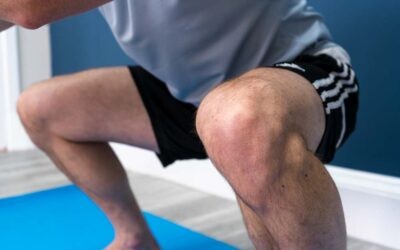Our physiotherapist Matt Lorimer has digested the research for you and provided you with his perspective of cryotherapy. Matt has a background in sport science and his research dissertation focused on cryotherapy so who better placed to share all the key information!
Is cryotherapy a useful treatment modality?
Recovery from exercise has become more recognized and researched in recent times and is now seen as a critical area of athletic training and competition. Within recovery falls the topic of cryotherapy which is widely known to be used with high level athletes however can it benefit you?
Through primitive man to the Roman Empire and the present day, history has shown that water has the ability to heal. The use of hydrotherapy as a rehabilitation instrument was first documented by Hippocrates (450-375 BC) and it is now common practice with occupational and physiotherapeutic injury rehab protocols, Martin et al (2004). Cryotherapy is a form of hydrotherapy whereby the injured body is submerged in ice water with the aim to increase healing time. Other forms of cryotherapy include dry air, ice packs, ice massage and any other local or general application of cold for therapeutic purposes. But what exactly does cryotherapy do and what are the benefits?
Physical effects of cryotherapy
Blood Flow
Cooling causes vasoconstriction (narrowing) of the blood vessels which reduces blood flow to the fatigued muscles. This may seem counterintuitive yet studies have shown that reducing blood flow is thought to decrease muscle fibre swelling, decrease pain and minimize the potential of secondary damage caused by inflammation, White and Wells (2013).
Swelling
Swelling causes pain, decrements in function and decreased oxygen delivery. As mentioned prior, cold reduces blood flow to damaged muscle fibres and in turn limits the potential for swelling. It is thought that cold combined with compressive forces such as water immersion or wraps used with ice packs structurally limit swelling and facilitate removal of waste products, White and Wells (2013).
Pain
As we all know, stressful exercise causes pain and soreness and this can limit our ability to train and perform. Nerve conduction velocity (the time taken for pain signals to reach the brain) has a direct linear correlation with temperature, Edwards (1978). Subsequently cooling reduces NCV of both sensory and motor neurons, reducing the sensation of pain and muscle spasm. It is suggested that cold water immersion is the most effective modality to reduce pain, Herrera et al (2011).
Tissue metabolism
Following exercise, stressed muscle fibres may have an increased energy demand as they repair and replace energy. Studies have shown that cooling muscles at rest and following exercise reduces perfusion and oxygen usage suggesting a reduced aerobic metabolic rate, decreased risk of cell death and an increased recovery rate.
When and how to use it?
Cryotherapy should be utilised post training to aid recovery. At present there are no specific guidelines in relation to temperature and length of time applied. It is however suggested that around 10-15 degrees and being submerged for between 5-15 minutes appear to be the most effective at accelerating recovery.
Acute Injuries
Cryotherapy should also be used for treatment of acute injuries to decrease swelling, pain and increase healing time. Cold packs with compression should be applied ideally for around 10 minutes every 2-3 hours for the first 72 hours following injury.
If you want to discuss this further appointments with Matt can be booked online at the top of the page.



0 Comments